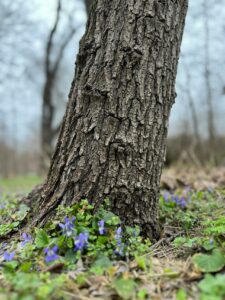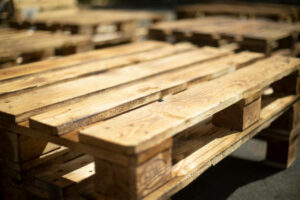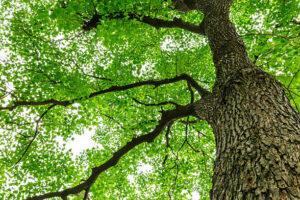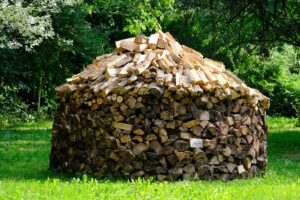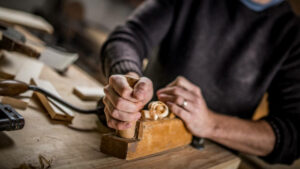Whether wood is naturally flame-resistant or fire retardant depends on its chemical composition. It also depends on the process used to treat it.
The best wood treatment is a surface coating that expands when it’s exposed to heat, insulating the interior of the wood from heat and oxygen – the ingredients of fire. This is known as intumescent coating.
Chemical Treatments
Using a pressure process to impregnate wood with fire retardants, chemical treatments are an effective way to enhance fire resistance and safety. Nordtreat’s industrial flame retardant wood treatment is a full-cell process that ensures the preservative penetrates deep into the cell walls. This means that the resulting lumber is fully infused with fire retardant, as opposed to surface coatings which can lose their effectiveness over time.
The injected chemicals are mixed with water and then pumped into the timber at high pressure. The water and chemicals in treated wood are then absorbed into the cell walls to form a swell within the cells that is then kiln-dried. The resulting wood is fully treated and meets all AWPA use category requirements.
This swell creates a barrier to protect against the penetration of heat and flame into the core of the wood, slowing its development. It also limits the oxygen supply, leading to self-extinguishing charring that insulates and protects the inner timber.
As the most popular type of fire treatment for wood used by builders, lumber and wood products are impregnated with a mix of chemical additives that reduce their flammability. These include boric acid-based additives such as zinc borates, and polyphosphates that react with the wood to produce thermally stable pyro- or phosphoric compounds that form a protective shield around the wood. Unlike PBDEs (polybrominated diphenyl ethers), which have been banned by many countries, these newer flame retardants do not pose any health or environmental concerns.
Charring Methods
Wood charring, also known as Shou Sugi Ban in Japan, enhances fire resistance and safety in wood by superficially carbonating the material. The resulting layer of carbonized matter makes the material more resistant to heat, less conductive, and more water-repellent. In addition to this fire protection, charring reduces the nutritional value of lignin to fungi and insects, thereby making the structure exterior wood much less attractive to parasitic decay.
The char layer also protects the structural components of treated lumber by blocking UV radiation from reaching the timber. This effect is further enhanced by the oxidation of phenols that take place at elevated temperatures. The charring method used in this study was flame modification of Norway spruce (Picea abies), Scots pine (Pinus sylvestris), and silver birch (Betula pendula L). The boards were planned on the pith side for modification, and their starting air-dry density was 410, 590, and 680 kg/m3.
One-sided charring creates sharp temperature gradients that lead to strong shrinkage stresses and swelling cracking. These stresses are exacerbated by cyclic wetting and drying conditions, leading to microcracks that eventually transform into macrocracks. To avoid this, many Western manufacturers of charred wood treat the material by coating it with oils and waxes. To compare the effects of this treatment on weather ability, doubles of each modified plywood sample were coated with cold-pressed linseed oil. The visual evaluation showed that oiled samples had better performance, but their color stability was poor.
Inhibiting Ignition
Treatments with fire retardant substances work to keep moisture, inhibit ignition, and slow flame spread, which is important for reducing the hazard of explosions and allowing time for people and animals in buildings to evacuate. They also reduce smoke production.
Chemicals like aluminum hydroxide, dicyano-diphenyl-phosphate, sodium bicarbonate, and ammonium polyphosphate act as chemical heat sinks. This means they draw heat from the surface of wood, lowering its temperature and delaying ignition. In addition, they release water vapor on heating which further dilutes the gaseous fuel mixture, increasing ignition delay.
Phosphorus and nitrogen compounds, often combined with boron, have been in use as fire retardants for timber and construction for over two millennia. Using alum as a preservative, they reduced flammability and caused the formation of a protective char, which insulates wood structures from further combustion.
Silicon-based fire retardants are relatively new and are applied as coatings rather than impregnated into the wood structure. They work by forming an inorganic silica residue exterior fire, which reduces the amount of combustible volatiles that are available for pyrolysis. In addition, they form a steam barrier that prevents combustible volatiles from recirculating back into the surface of the wood.
Research shows that if these silicon compounds are spray applied horizontally, they perform well in cone calorimetry tests with decreased ignition and PHRR (Pyromalou et al. 1999; Kashiwagi and Gilman 2000).
Slowing Flame Spread
During a fire, the heat of the flames can preheat adjacent wood structures by convection (Friquin et al. 2005). When the adjacent building materials together reach their ignition temperature, they ignite and burn. The char formed by the burning adjacent wood retards the rate of flame spread and limits oxygen supply, thus inhibiting further burning. This process is known as charring and is a common method of making wood fire-resistant.
Another way to make timber fire retardant is by using chemical treatments that slow the progression of flame and reduce smoke production in the event of a fire. For example, a treatment that achieves Euroclass B in the ASTM E 84 test (limited lateral spread of flame and smoke development) will typically give a much higher class of finish to the exterior use of the wood than untreated material.
Many of these treatments work similarly by coating the exterior surface of the timber with fire-retardant chemicals. This can be done by spraying, immersion, or brushing the wood. Surface treatments are not as effective as fully infused timbers and must be re-applied frequently to maintain effectiveness.
Currently, the most popular and widely used type of wood fire retardant is boron trioxide, commonly referred to as borax. It is a safe chemical, dries clear, and does not alter the tensile strength of the timber. It is also a preservative and does not contain any polybrominated diphenyl ethers (PBDEs). The chemical has been shown to work through several mechanisms. Theories include the possibility that fire-retardant wood acts as a gas barrier, dilution of flammable gases to prevent the formation of a flammable mixture, or blocking chemical reactions in the combustion process.


